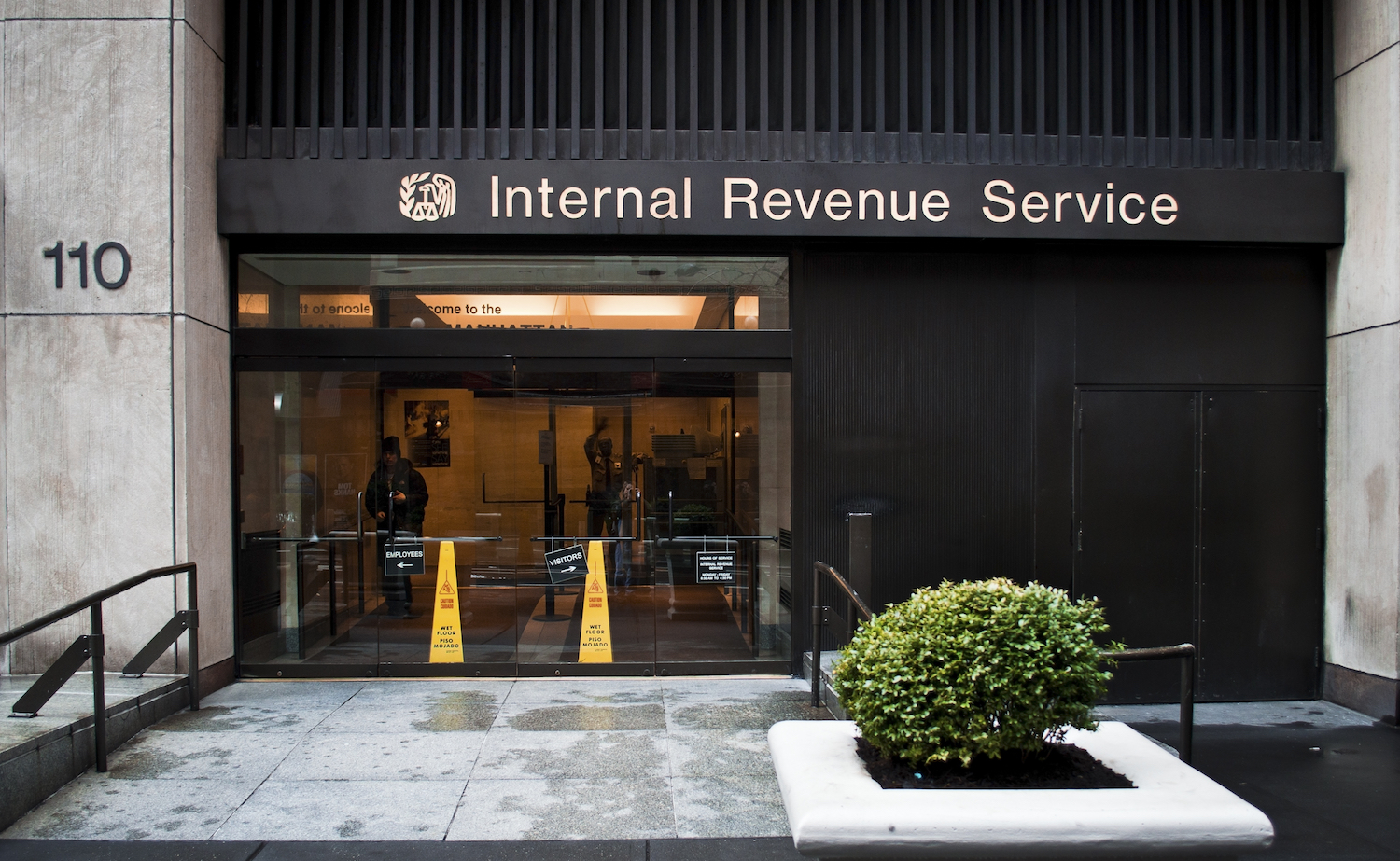Government of Bermuda Pilots Stimulus Token in Response to COVID Crisis
Flag of Bermuda (Creative Photo Corner/Shutterstock)
Government of Bermuda Pilots Stimulus Token in Response to COVID Crisis
Bermuda wants to use a digital token to stimulate its economy.
The government of Bermuda announced Tuesday that it has commenced a pilot program for a digital stimulus token in partnership with local private payments platform Stablehouse, which is expected to provide initial feedback on the viability of digital tokens in facilitating the purchase of essential products and services.
In 2019, Bermuda began developing a blockchain-based digital ID system and announced that the public could pay their taxes with USDC stablecoins. The development of the stimulus token kicked off later in the year as part of the government’s larger initiative to create a comprehensive crypto ecosystem on the island that supports the adoption of digital currencies. According to a statement, the plans for the token were accelerated as the COVID-19 pandemic created the need to quickly distribute financial aid to the population.
National governments around the world are evaluating the potential benefits or drawbacks of a blockchain-based payments system, whether that looks like a central bank digital currency (CBDC) or a similar payment rail. China has proceeded the furthest with launching its own blockchain-based currency, going so far as to softly launch a wallet service over the past weekend (though it was quickly taken down).
“Our ultimate goal is to get a wallet on every phone in Bermuda,” Denis Pitcher, chief fintech advisor to the Premier of Bermuda, told CoinDesk.
The perfect model
According to Pitcher, Bermuda’s government saw the challenges in trying to distribute unemployment checks to people when the island went into rapid lockdown, and highlighted the need to get funds to the unbanked population quickly.
Bermuda’s high technology penetration (with around 99% of the population being active internet users, and 87% of the total population using mobile internet in 2019) combined with its small population (of just over 71,000 people) makes it an ideal small-scale testing ground for digital payments, Pitcher said.
In Pitcher’s view, Bermuda also has the infrastructure to back it up. After World War II, British and U.S. militaries had bases on the island, and they built key infrastructure from airports and hospitals to power infrastructure, Pitcher said.
“So you really have the perfect environment to say, how do you get real world interactions with grocery stores, utility companies, governments and the average citizen for mainstream adoption and improve user experiences so that you can then repeat it in a city with millions or a country with hundreds of millions,” Pitcher said.
The pilot token is based on Blockstream’s Liquid blockchain protocol while the Greenwallet app will enable payments via a point-of-sale terminal provided by Stablehouse. The token is being tested in three locations with a select group of consumers and merchants, and there are plans to expand testing, Pitcher said.
No to CBDCs
When the pandemic drove interest in exploring the digitization of the U.S. dollar as a faster method of delivering stimulus funds to the public, Bermuda was inspired to be among the first in the world to offer financial aid to its citizens in the form of tokens.
However, since then, the discussion around the tokenization of the U.S. dollar has become synonymous with the creation of a CBDC, something Bermuda is not interested in, according to Pitcher.
“We’re not particularly interested in creating a unifying technical solution that’s going to solve all problems at digitizing money for a country, because it’s hard to see how that really can exist,” Pitcher said.
Instead, the Bermudan government is engaging private licensed entities like Stablehouse to issue tokens on its behalf.
“The private sector is the best place to create solutions for these problems, because they’re moving fastest with the technology,” Pitcher said.
Banks are out (for now)
According to Pitcher, local banks will not play a critical role in the stimulus pilot, mainly because they are beholden to correspondent banking relationships that dictate what they can do.
“We do have some challenges with local banking at the moment in terms of a willingness to bank the digital asset industry,” Pitcher said.
In his view, banks struggle to stay on top of tech innovation partly because of regulation requirements. But the sector is in transition, Pitcher said, with stablecoins like the U.S. Dollar Coin (USDC) backed by fiat deposits creating a new role for banks.
“We see banks playing a role in acting as kind of core depository institutions, but allowing them to open source the tech components,” Pitcher said.
For now, the pilot is well underway, with the Premier of Bermuda David Burt himself participating in the test run, making mobile purchases with the stimulus token.
“Bermuda is keen to establish itself as a leader in supporting innovative private sector digital asset solutions and to work with locally licensed companies to drive digital asset adoption. A key part of that is not just creating regulatory frameworks but also actually working with and using the products created by companies that choose Bermuda as their home,” Premier Burt said, in a statement to the press.
Disclosure
The leader in blockchain news, CoinDesk is a media outlet that strives for the highest journalistic standards and abides by a strict set of editorial policies. CoinDesk is an independent operating subsidiary of Digital Currency Group, which invests in cryptocurrencies and blockchain startups.









